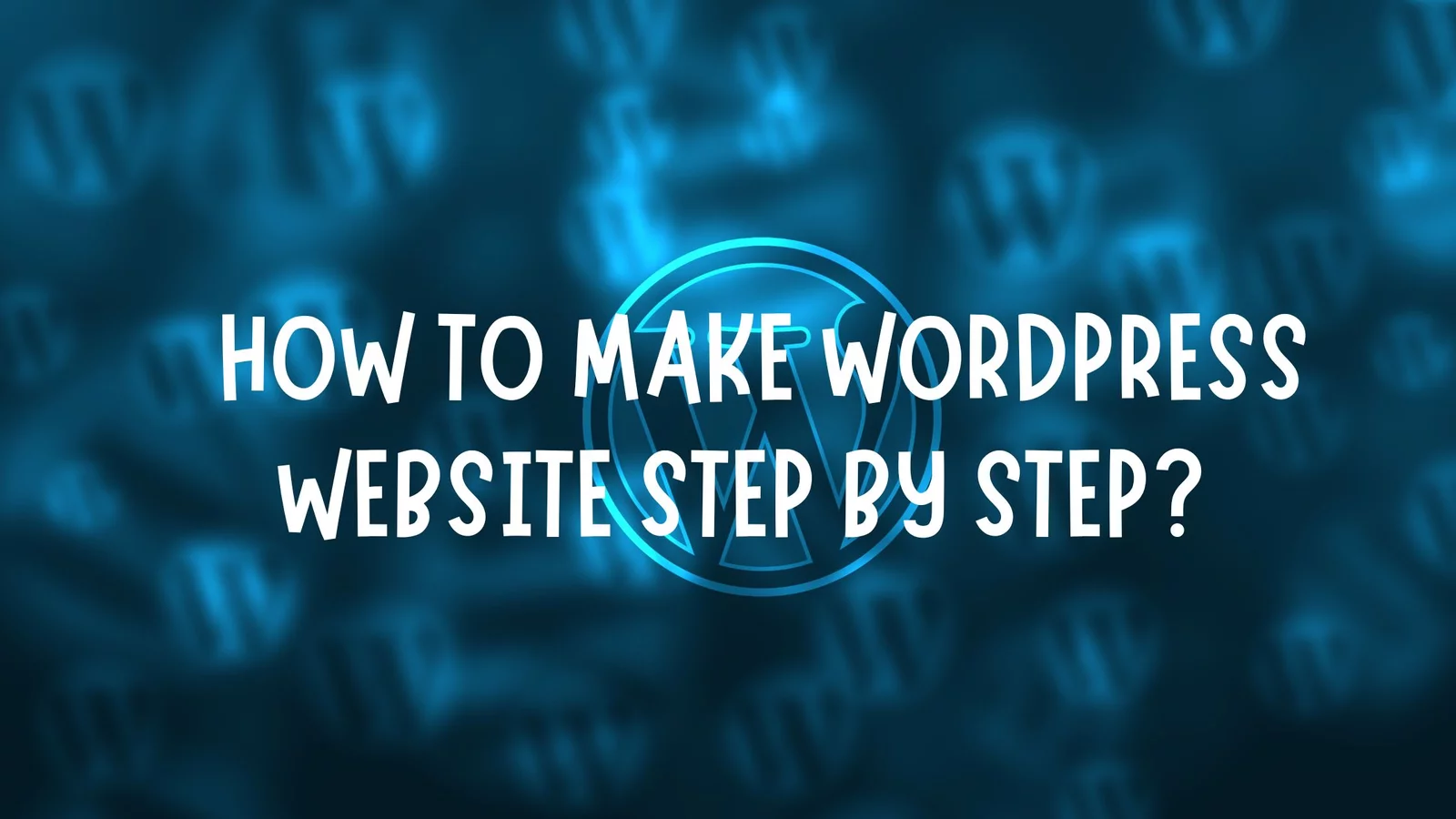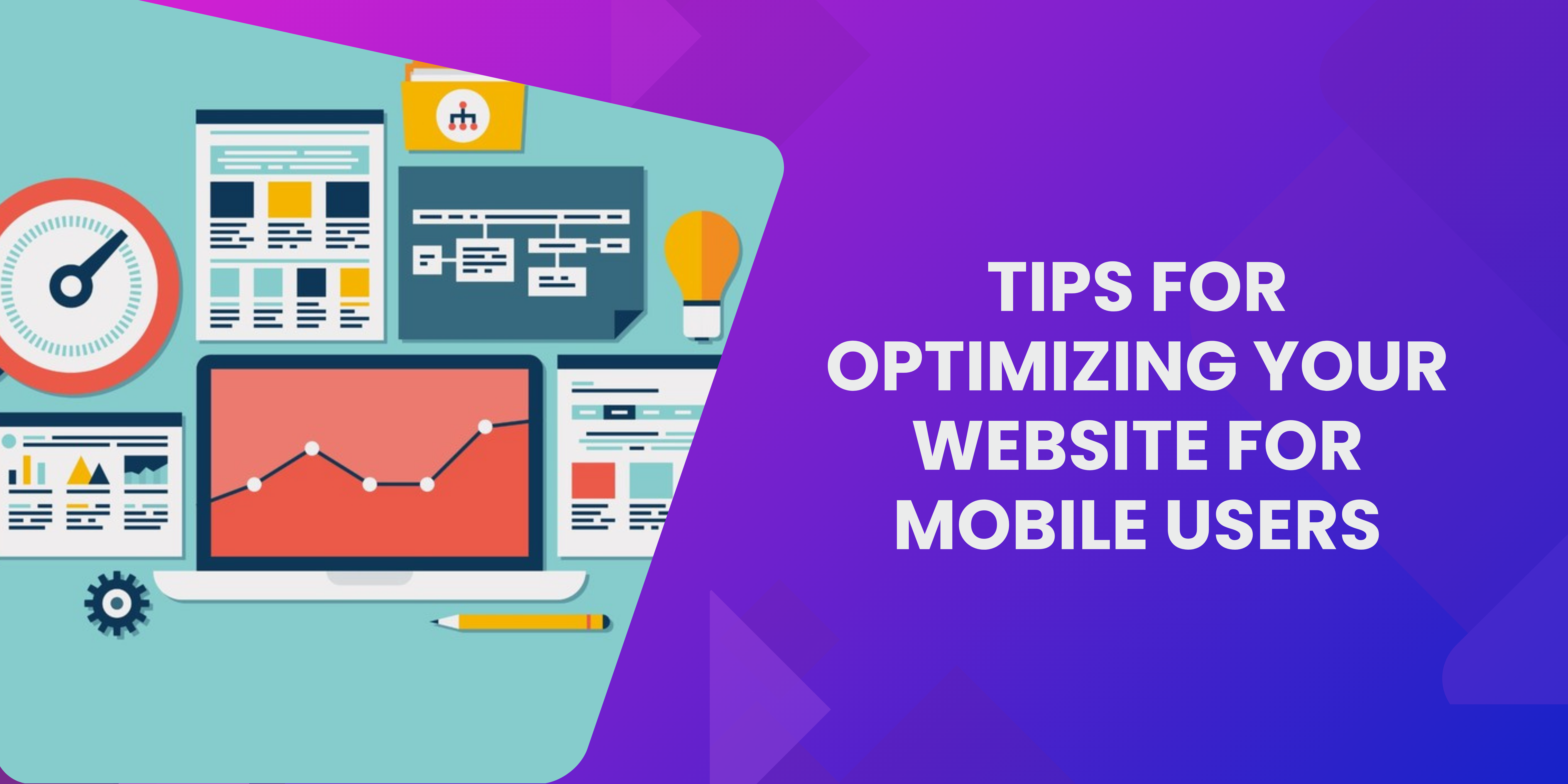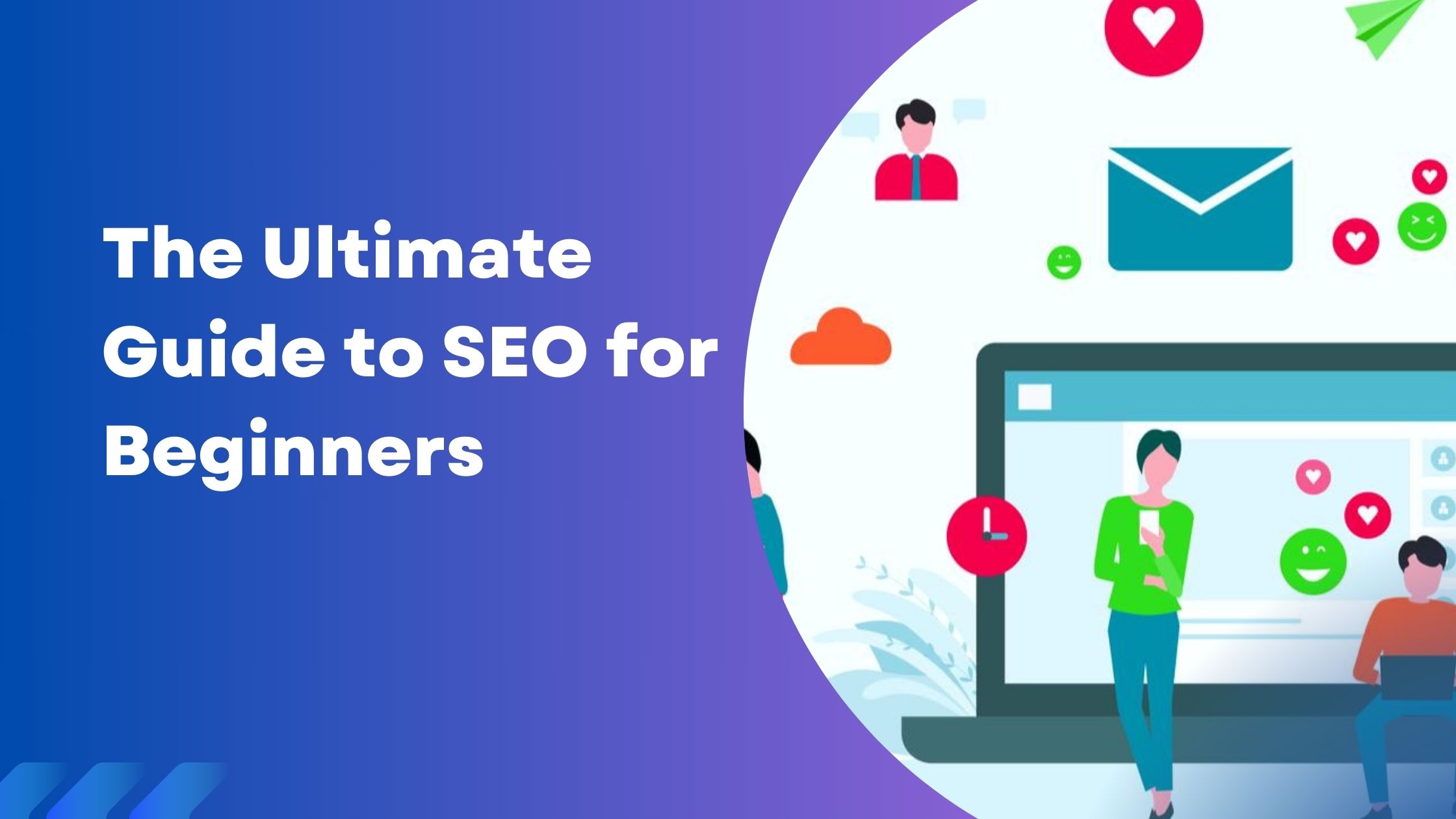How To Make WordPress Website Step By Step?
What is WordPress?
WordPress is a popular content management system (CMS) that allows users to create and manage websites and blogs. It was first released in 2003 as a blogging platform, but it has since evolved into a full-fledged CMS used by millions of websites around the world.
WordPress is open source software, which means that the source code is freely available and can be modified and distributed by anyone. This has led to a large community of developers who create plugins and themes to extend the functionality of WordPress.
One of the main benefits of WordPress is its ease of use. Users can create and manage their website content without any programming knowledge, thanks to its user-friendly interface. Additionally, WordPress is highly customizable, with a wide variety of themes and plugins available to help users create a unique website.
WordPress is also highly scalable, making it suitable for both small and large websites. It’s used by everyone from small businesses to large corporations and even major media outlets.
WordPress is a powerful and flexible CMS that enables users to create and manage websites and blogs with ease. Its popularity is due in part to its user-friendly interface, flexibility, and the large community of developers who contribute to its ongoing development and improvement.
WordPress Website Making Step by Step
Step 1: Choose a domain name and hosting provider
The first step in creating a WordPress website is to choose a domain name and hosting provider. Your domain name is the address people will use to access your website (e.g. www.victoriousdigital.in), while your hosting provider is where your website will be stored and made available online. Popular Hosting providers are GoDaddy, BigRock, Hostinger, BlueHost etc.. You can register domain & hosting for a minimum 1 year.
Step 2: Install WordPress
After selecting your hosting provider, you can install WordPress on your website. Most hosting providers offer a one-click installation process, which makes it easy to get started with WordPress.
Step 3: Choose a theme
Next, you’ll want to choose a theme for your website. A theme is a pre-designed template that determines the look and feel of your website. WordPress offers thousands of business wise free and paid themes to choose from, so take your time to select the one that best fits your website’s needs.
Step 4: Customize your theme
Once you’ve chosen your theme, you can customize it to suit your needs. This includes changing the colours, fonts, and layout of your website. Many themes also offer customization options for different types of content, such as blog posts, pages, and widgets.
Step 5: Install plugins
Plugins are like apps for your website that add extra functionality. There are thousands of free and paid plugins available for WordPress, so you can find one for just about anything you need. For example, you can install plugins for SEO optimization, social media integration, contact forms, and more. useful WordPress plugins list.
Step 6: Create content
With your website set up and customized, it’s time to start creating content. This includes writing blog posts, creating pages, and uploading images and videos. You can use the WordPress editor to create and edit your content, and then publish it to your website.
Step 7: Optimize your website for search engines
Search engine optimization (SEO) is the process of optimizing your website to rank higher in search engine results pages. This includes using keywords, optimizing your website’s structure and navigation, and building high-quality backlinks. There are many plugins available for WordPress that can help with SEO optimization.
Step 8: Launch your website
After you’ve created your content and optimized your website for search engines, you’re ready to launch your website. Make sure to test your website thoroughly before launching, and then make it live for the world to see.
Creating a WordPress website is a relatively straightforward process. With the right domain name, hosting provider, theme, and plugins, you can create a website that’s tailored to your needs and looks great. Follow these steps, and you’ll be well on your way to creating a successful WordPress website.
Benefits of Using WordPress
There are numerous benefits to using WordPress for building and managing websites. Here are some of the key advantages:
1. User-friendly interface: WordPress is known for its user-friendly interface, which makes it easy for even beginners to create and manage websites.
2. Flexibility: WordPress is highly customizable, with thousands of free and premium themes and plugins available to add functionality and enhance the appearance of your website.
3. SEO optimization: WordPress is designed with SEO in mind, making it easier to optimize your website for search engines and improve its visibility in search engine results pages.
4. Responsive design: WordPress themes are designed to be mobile-friendly, ensuring that your website looks great on all devices, including smartphones and tablets.
5. Security: WordPress is a secure platform, with regular updates and security patches to protect your website from hacking and other security threats.
6. Large community of developers: WordPress has a large community of developers who create themes and plugins, provide support, and contribute to the ongoing development of the platform.
7. Integration with other platforms: WordPress integrates seamlessly with other platforms, such as social media, e-commerce, and email marketing tools, making it easy to connect with your audience and drive traffic to your website.
WordPress is a powerful and flexible platform that offers numerous benefits for building and managing websites. Its user-friendly interface, flexibility, SEO optimization, security, and large community of developers make it an ideal choice for both beginners and experienced web developers.
If you want to learn proper WordPress Development Please visit Digital Marketing Courses In Pune



